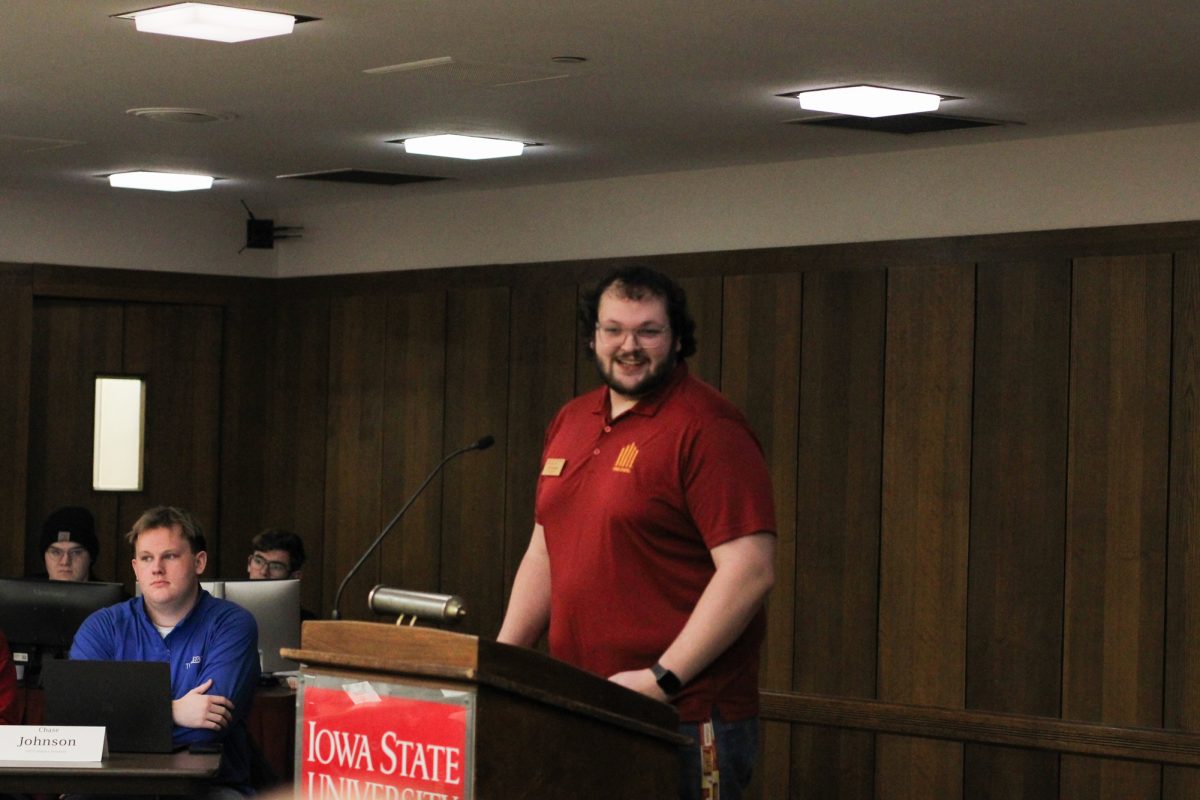Governors push for support for employment of seniors
March 1, 2005
WASHINGTON — Three governors and a senior citizen advocacy group announced a partnership Monday with corporations across the country to employ seniors in greater numbers.
Govs. Tom Vilsack, D-Iowa; Janet Napolitano, D-Ariz.; and Haley Barbour, R-Miss., joined the AARP to discuss what the partnership could do for people age 60 and older. Corporations joining the partnership include hardware giant Home Depot, Borders Group bookstores and Adecco, which places temporary workers.
Baby boomers are quickly approaching retirement age, and Vilsack said there won’t be enough young people to fill the gaps in the workforce, leaving seniors as an integral piece to the economic puzzle.
AARP and the companies will actively recruit older workers and hope to set an example for other companies, he said.
“As this nation begins to look at future economic opportunities, it has to embrace mature workers,” Vilsack said. “The reality of it is, we have an aging population and we have to put them to work. And they want to work.”
Phyllis Anderson, mature worker coordinator for the Iowa Department of Elder Affairs, said employers hide behind stereotypes to discriminate against older people.
“There is this preconceived notion that a person is going to be over-qualified for a job and they will also want over-payment,” she said. “This is a way employers can screen out the older worker.”
The U.S. Department of Labor estimated that, by 2030, 20 percent of the country’s population will be 65 or older, compared to 12 percent now. In Iowa, these numbers rise to 25 percent in 2006 from 14 percent today.
According to a 2002 U.S. Census profile, only 3.4 percent of Iowa’s workforce is 65 or older.
Emily Stover DeRocco, assistant secretary of the U.S. Department of Labor, said mature workers are a “human capital asset” because of their loyalty and productivity on the job.
The 2006 Labor Department budget proposal asks for almost $6 billion in training and employment services, and DeRocco said some of that should be directed at breaking barriers for the elderly workforce, namely catching up with technology changes.
“More needs to be done with job training opportunities and help connecting them with potential employers,” she said.
Recently, Iowa created a task force headed by AARP, called the Older Worker Employment Initiative, to help curb that knowledge gap and get seniors back in the workforce. The task force includes 30 business and community leaders from across the state.
“Hopefully, it will develop and really roll out this plan in Iowa,” DeRocco said.






